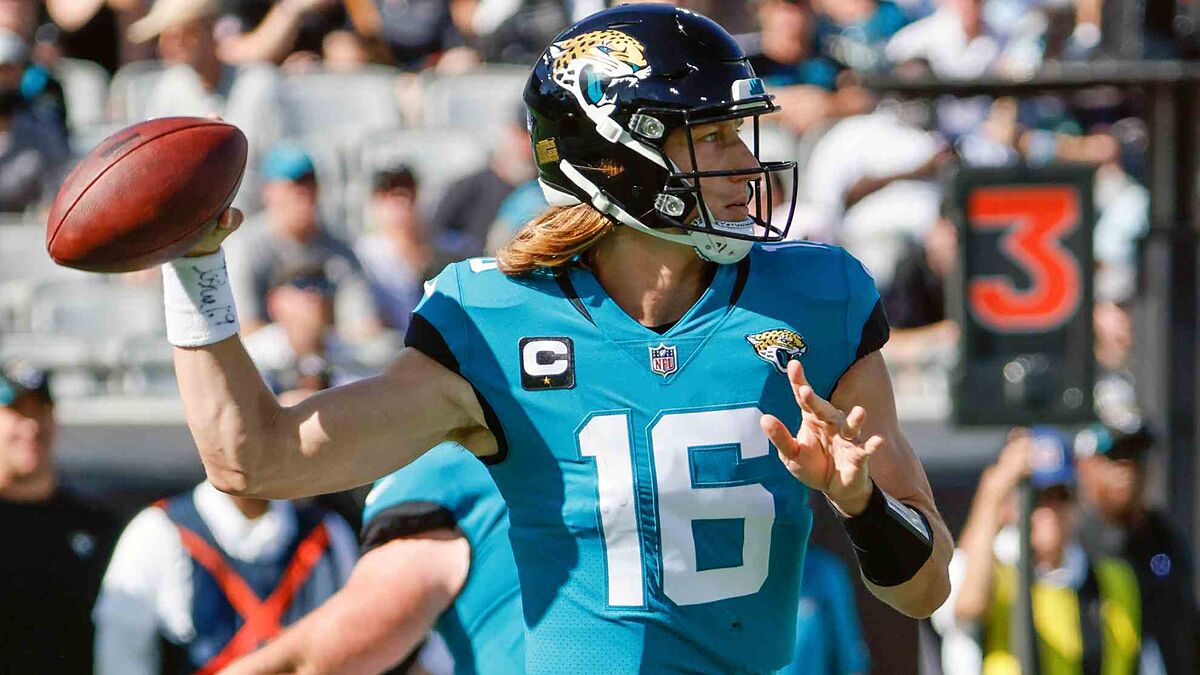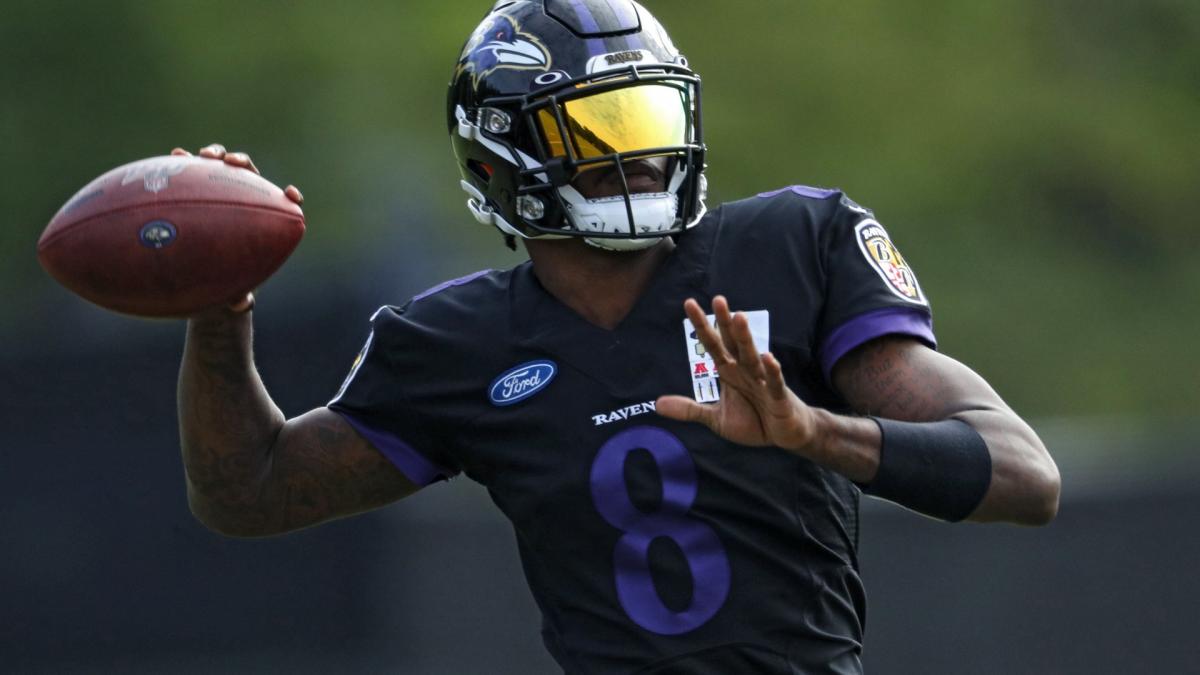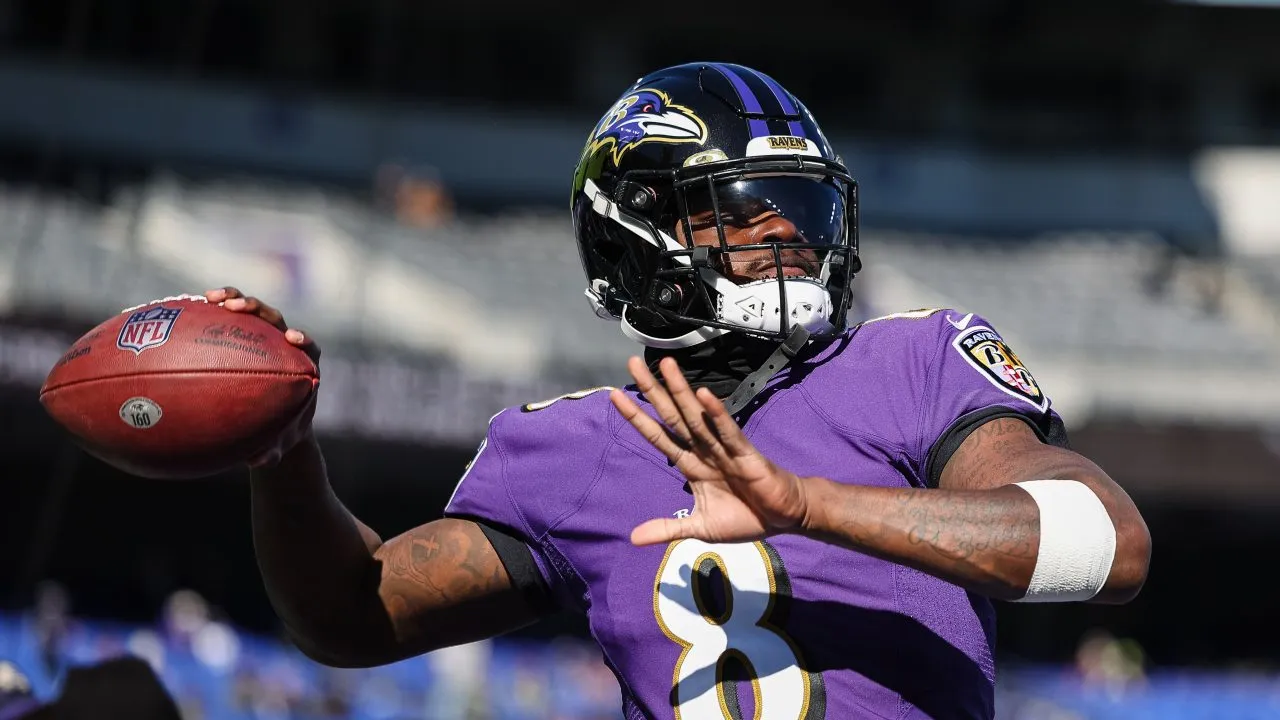In an era of skyrocketing contracts and salary cap gymnastics, the NFL is on the brink of a financial milestone that seems inevitable. The buzz around the league is not about if, but when a wide receiver will shatter the ceiling with a groundbreaking $35 million annual contract. Randy Mueller, a seasoned NFL executive turned analyst for The Athletic, suggests that this seismic shift in player valuation could occur sooner rather than later.
Mueller points to a quartet of elite wide receivers—Justin Jefferson, CeeDee Lamb, Ja’Marr Chase, and Brandon Aiyuk—who are all poised for lucrative new deals. According to Mueller, “The receiver market has already been reset twice in the past month, and we are on the verge of another jump. All four could plausibly reset the market, so we might be looking at $35 million per year—or more.”

The Strategic Playbook: NFL Teams Perspectives
Minnesota Vikings: A Promising Landscape
The Minnesota Vikings appear to be in an enviable position to lead this financial revolution. With key players like quarterback J.J. McCarthy and receiver Jordan Addison under cost-effective contracts, the Vikings have the financial flexibility to make a historic commitment. Mueller, speculating on the Vikings’ strategy, remarked, “If I were running the Vikings, I would pay Jefferson and keep churning WR2 at the end of Addison’s deal.”
San Francisco 49ers and Dallas Cowboys: Balancing Big Ambitions
The financial dynamics differ across the league. The San Francisco 49ers, already committed to high salaries for stars like Deebo Samuel, face the challenge of managing a ballooning payroll, especially with upcoming negotiations for quarterback Brock Purdy. Similarly, the Dallas Cowboys are juggling the future costs of talents like Micah Parsons and Dak Prescott, which could influence their approach to CeeDee Lamb’s extension.

Cincinnati Bengals: Securing Key Assets
In Cincinnati, the stakes are high with quarterback Joe Burrow’s $275 million commitment over five years. Mueller underscores the importance of securing top talent, stating, “If I were the Bengals, I would probably sign Chase—who still has two years left on his deal—as soon as possible to avoid resetting the market after Lamb’s and Jefferson’s deals come in.”
The Ripple Effects of a Record-Setting Deal
A $35 million contract for a wide receiver would not only reflect the player’s market value but also set a new standard for negotiations across the league. Each team must consider not only the talent and production of the individual player but also the broader implications for team salary caps and future contract negotiations.

Moreover, such a deal would elevate the entire spectrum of NFL salaries, impacting negotiations for other positions and possibly leading to more protracted and complex discussions during free agency periods. The strategic decisions made by teams like the Vikings, Cowboys, Bengals, and 49ers in the coming months could dictate market trends for years to come.
In conclusion, as the NFL continues to thrive financially, the evolution of player contracts remains a key storyline to watch. The potential for a $35 million per year wide receiver contract is a testament to the league’s economic health and the premium placed on game-changing talent. As Mueller aptly puts it, this isn’t just a financial milestone; it’s a strategic maneuver that could redefine the value of players in the NFL.

Source- Yardbarker









